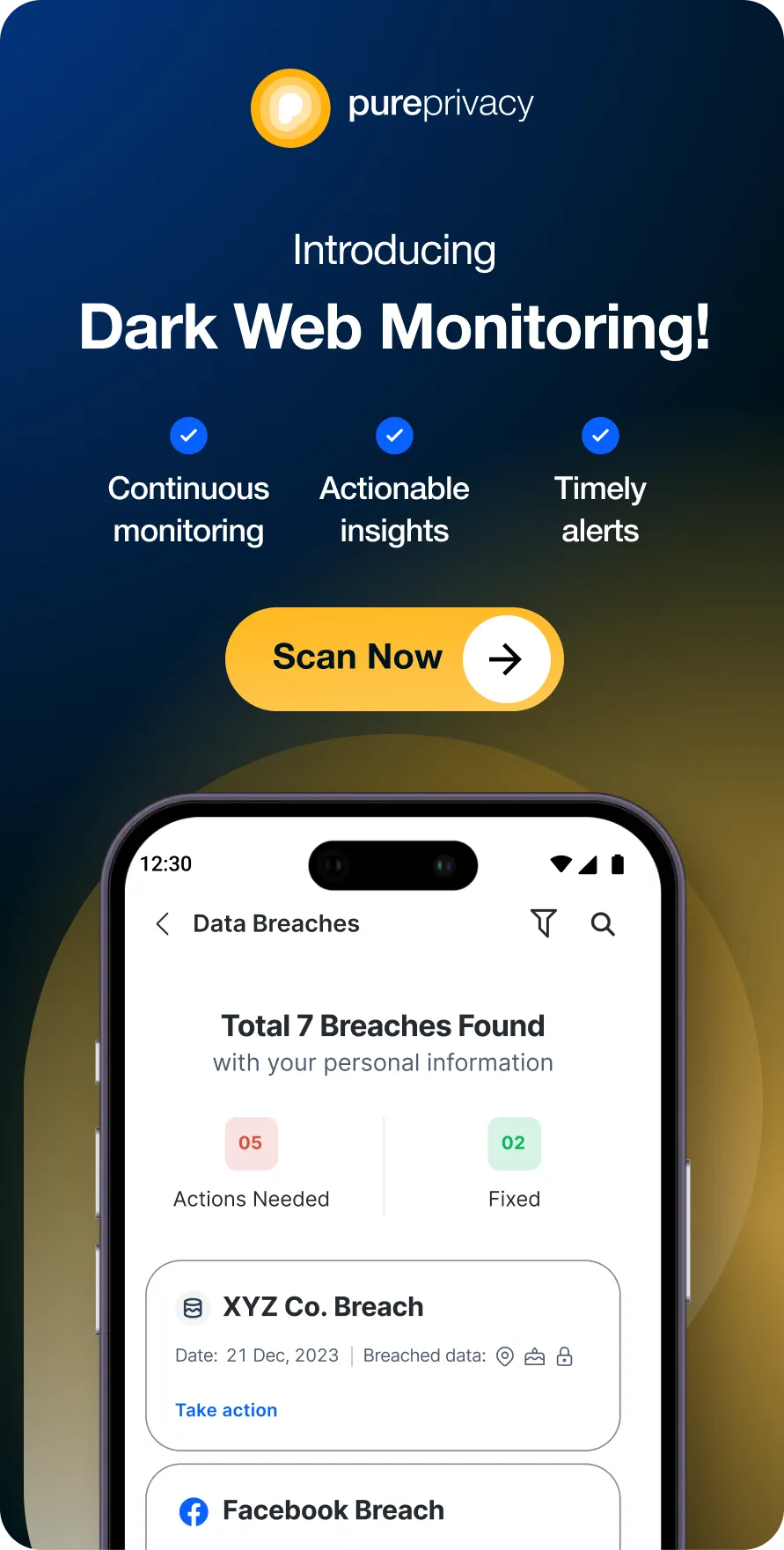Running out of things to watch on your Macbook? You are not alone. Changing your location on a Mac can be helpful for a variety of reasons, including accessing region-restricted content, testing location-based apps, or simply maintaining your privacy.
This guide will lead you through every method used to achieve this, responding to both new and expert Mac users.
How to Change Network Location on Mac
First you need to know the meaning of network location.
What Is a Network Location?
On a Mac, a network location is a saved set of network settings for a specific network environment. It allows you to rapidly switch between multiple settings, such as Wi-Fi networks, Ethernet connections, and proxy servers, based on your current location or network connection.
This is especially useful for those who often jump between different networks, such as home, work, or public WiFi hotspots.You can customize your Mac's network connectivity and security settings to each situation by creating and managing network locations.
To change the network location on a Mac, follow these steps
Step 1: Go to Network Settings
- Click on the Apple Menu located in the upper left corner of your screen.
- Then click on the System Settings option.
- In the sidebar, select the Network option.
- Select your ideal network location from the dropdown list under the Location menu.
Step 2: Create a New Location
- In the Network settings window, click on the More (three dots) button.
- Click on the Locations option.
- To add a new location, click on the + button.
- Give your new location a name.
- Then click on the Done button.
Step 3: Change Settings
- You can change the network settings for each location, including Wi-Fi networks, Ethernet connections, and proxy servers.
- Select the desired place and then click on the More option.
- Make the necessary changes to the network settings.
How to Change Your IP Address on a Mac
Find out what is an IP address:
What is an IP Address?
An IP address (Internet Protocol address) is a specific numerical label provided to each device connected to a computer network, such as the Internet. It’s like a digital ID for your Mac, allowing it to connect with other computers and access web services. IP addresses are classified as either public or private. Your public IP address is accessible to other devices on the internet, whereas your private IP address is used for communication within your local network.
Method 1: Use a VPN (Virtual Private Network)
- Get PureVPN.
- Download and install the VPN app.
- To install the app on your Mac, simply follow the instructions on the screen.
- Open the VPN app and log in with your account information.
- Choose a server location from the list of available countries.
- Click the Connect button to create a secure connection to the selected server.
Method 2: Manual Configuration
This method requires a static IP address provided by your internet service provider (ISP). Contact your internet service provider for specific instructions.
- Navigate to Apple menu > System Preferences > Network.
- Select your network connection (Wi-Fi or Ethernet).
- Select Advanced.
- Navigate to the TCP/IP tab.
- Select "Manually" from the Configure IPv4 dropdown menu.
- Enter the following information as provided by your ISP: IP address, subnet mask, router, and DNS servers.
- Click OK then Apply.
How Do Websites Track Your GPS Location on Mac?
Browser Fingerprinting: Websites can examine your browser's configuration and settings to generate a unique fingerprint that can be associated with your location.
IP Address: Your IP address can be used to determine your general location.
Wi-Fi Networks: The Wi-Fi networks to which your Mac has linked can help websites identify your location.
HTML5 Geolocation: This technology enables websites to request your exact location straight from your browser.
Frequently Asked Questions (FAQs)
-
How can I change the default install location on my Mac?

In macOS, the installer starts with the Welcome to the Installer screen > Click Continue. Read the End User License Agreement carefully, then click Continue and Agree. On the next screen, select the Change Install Location button.
-
How do I change the city on my MacBook?

To change the city, uncheck "Set time zone automatically using your current location," then click Set, enter a city in the text field, choose the entire city name from the list, and click OK. You can customize how the date and time appear in the menu bar. See Change Control Center Settings.
-
How can I update my location on my Mac?

On your Mac, select Apple menu > System Settings, then Privacy & Security in the sidebar, followed by Location Services on the right. You might need to scroll down. Toggle on or off Location Services for each app in the list on the right.
-
Can you change your Mac's location?

You can not change your GPS location on a Mac since they lack GPS trackers. Mac devices identify users' location using their IP addresses or WiFi networks, so you must use a VPN to change your IP address.
In Summary
There are several options for changing your location on a Mac, whether you want to access region-restricted material, test location-based apps, or simply maintain your privacy. This guide has discussed every method available, such as changing system settings and using a VPN to change your IP address. By following these instructions, you can quickly change your Mac's location and get the benefits.




